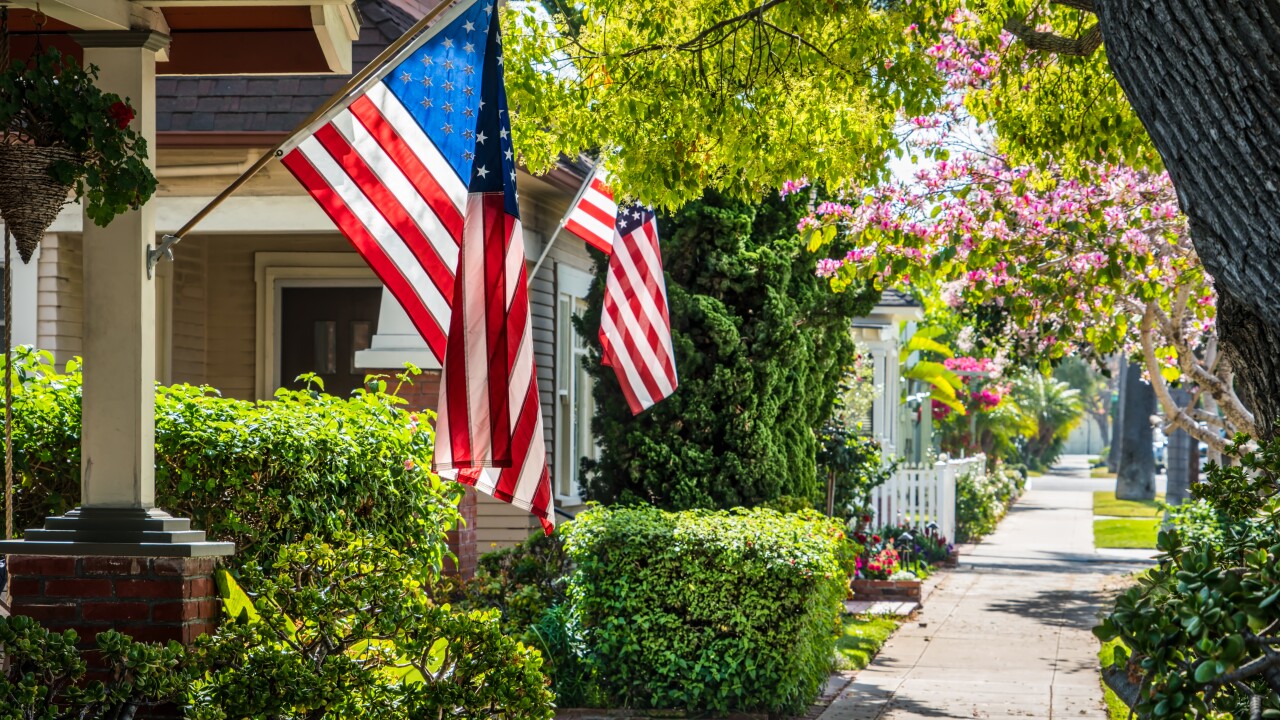Starbucks is being pressured to add an in-app option for deliveries rather than redirect customers to Uber's app.
Under investor questioning during Thursday night's earnings call, Starbucks was asked about why it's redirecting consumers to Uber Eats, a third-party app. Starbucks' success in mobile payments and ordering rests largely on the coffee chain's decision to handle most development in-house and to bring those features into the main Starbucks app.
“Right now we are only able to access delivery through the Uber app, but there is work coming to bring us forward so deliveries can only be accessed through the Starbucks Rewards app,” said Rosalind Gates Brewer, Starbucks’ COO, during the coffee chain’s earnings call for first quarter of the 2019 fiscal year. “So that is coming."

Brewer did not provide a timeline or say if delivery orders would be available outside of the Rewards app, and Starbucks did not return a request for comment.
"Miami's pilot has given us some insights in terms of how important of how important it is to have the software integration to be successful," Brewer said. "We also learned in Miami that we can deliver certain beverages very well and others not. So we are refining the menu so we can be sure to understand that when we fully roll out what the menu needs to be."
Major brands like
Starbucks' Uber Eats partnership launched in its second market this week in San Francisco, and the chain expects it to be available in about a quarter of its U.S. company-operated stores by April. "Our early experience is encouraging and has provided a blueprint for how to operationalize this new channel," said Kevin Johnson, Starbucks' CEO, during the earnings call.
Offering delivery via the rewards app would make sense, given the size of Starbucks' incentive marketing program. In the first quarter, Starbucks expanded its active rewards member base by 1 million consumers, reaching 16.3 million consumers in the U.S.
Digital played a large role, as greater mobile order and pay adoption has pushed Starbucks to near 30 million digital connections in the U.S., Johnson said. Starbucks has added a partnership with
Making delivery available on the brand's mobile app could attract more users.
"As we have shared in the past, a lack of awareness has historically been a limiting factor for adoption," Johnson said, adding most of the marketing would be tied to the company's beverages and not its delivery option.
China is also providing intel for Starbucks' delivery strategy as the coffee chain's partnership with
Starbucks also has debuted a virtual store in partnership with Alibaba that gives Starbucks access to Alibaba's 600 million users, who will have an easier path to become Starbucks Rewards members, Culver said.
When asked whether the new initiatives would cannibalize existing channels, Culver noted Starbucks has double-digit growth in China but added it's modeled a slight dilution of margin.
"We're looking at ways to optimize the margin, but more importantly, how do we rapidly expand this program and do it in a way that brings more customers into the Starbucks brand and extends our reach?" Culver said.
For the quarter, Starbucks reported consolidated net revenue of $6.63 billion, up 9 percent from $6 billion the prior year, and better than Refinitiv analysts' expectations of $6.49 billion. It earned $0.68 per share, beating Refinitiv analyst expectations of $0.65 per share.





